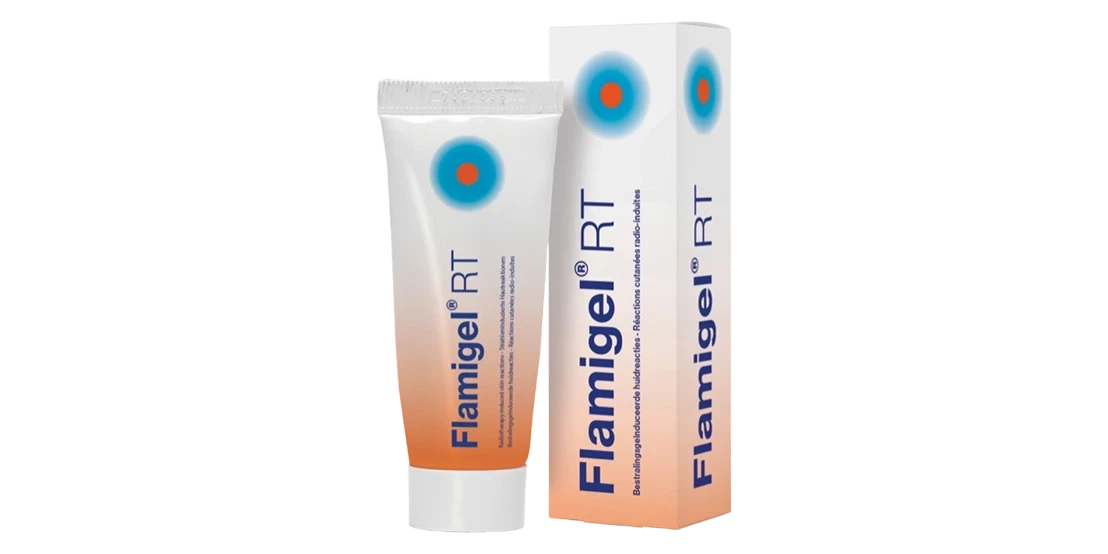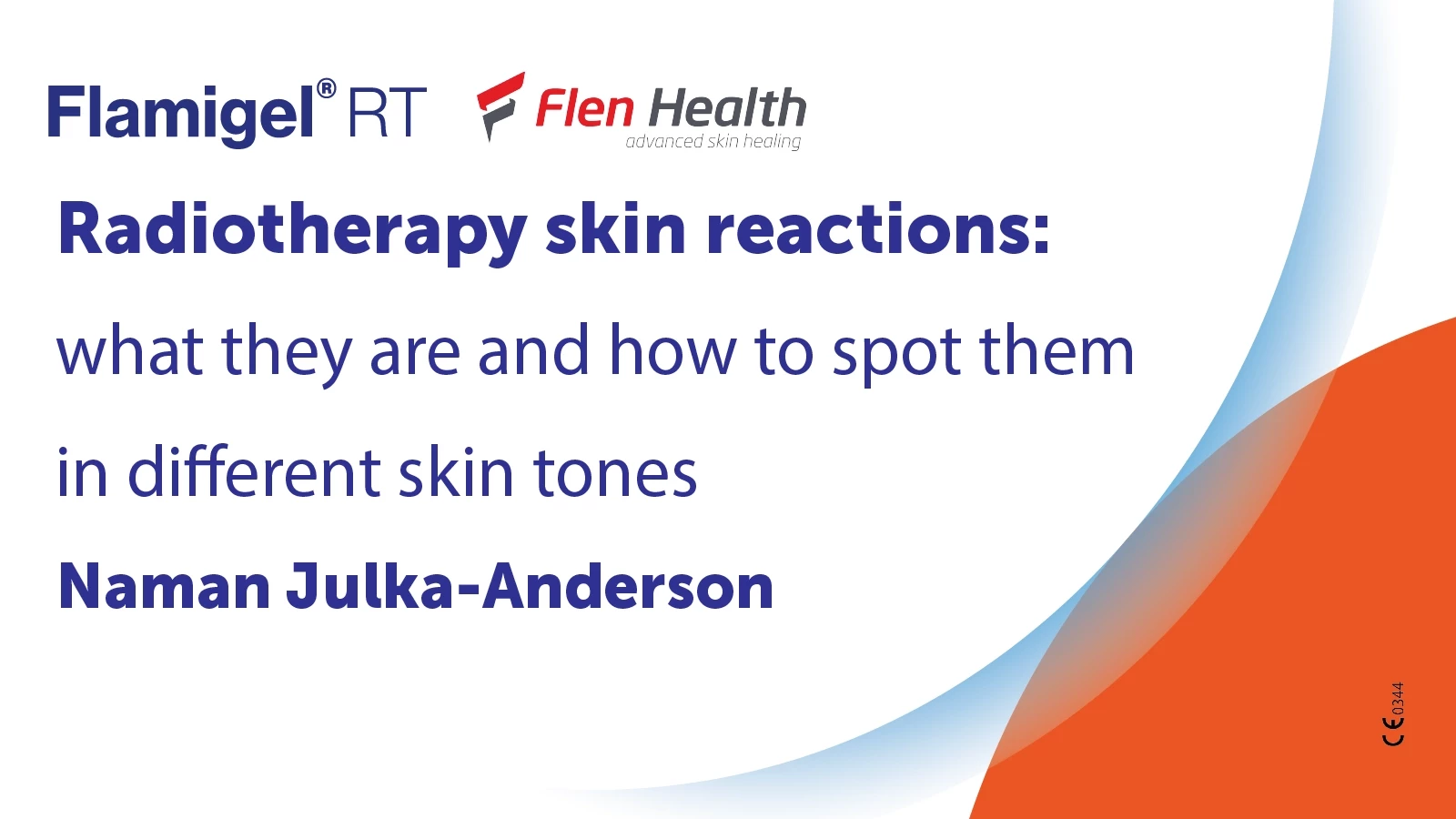-
July 12, 2024
Radiotherapy skin reactions: what they are and how to spot them in different skin tones
Undergoing radiotherapy can have many side effects, one of which is radiation-induced skin reactions (RISR). These reactions can be easily spotted when the skin colour changes or becomes itchy. However, skin reactions can differ in appearance across different skin tones, and visual cues such as redness are not always applicable to patients with brown or dark skin.
Radiation induced skin reactions (RISR) are a common side effect from external beam radiotherapy. There are different intrinsic and extrinsic factors such as smoking status or chemotherapy that can increase the severity of a radiotherapy skin reaction1. Skin colour changes, itchy skin, skin tightening, oedema, and pain are some of the symptoms of RISR1.
Within radiotherapy, one the widely used toxicity scoring tools is the Radiation Therapy Oncology Group (RTOG)1. However, this scale, like many others, have a bias to assessing white skin tones with limited research and evidence of their use for brown and black skin tones2-3. These tools along with medical education use terms such as erythema or redness to evaluate RISR2-3.
A key limitation with the term erythema is that while underneath the skin, it physiologically signifies an increase of blood flow to an area, externally this can present differently across a variety of skin tones. In 2021, the British Association of Dermatology (BAD)4-5 described erythema as misleading as it can present as different changes in the colour spectrum such as purple or yellow in appearance or show the affected area become darker than the surround area.
As mentioned before, whilst redness is true for people with white skin tones, people with black skin, however, may see the treatment area to go darker than their normal2. Other changes across the colour spectrum may also occur, including yellow, purple, grey, or maroon2.
While some people with brown skin may see some redness, maroon colour changes, along with the area becoming darker than their normal, is more common2. Evidence has found that ample lighting on the affected area will help reveal more subtle changes6. More importantly for people with black skin, where visual cues are more difficult to see, touch is an important prognostic tool as the skin can become tighter, harder, and warmer to touch due to post radiotherapy skin changes2.
In other dermatological conditions, such as pressure ulcers, it has been well documented that relying on only visual cues will disadvantage diagnosis and appropriate assessment with black skin as early cues are not as visible when compared to their white counterparts6.
Importance of respectful and inclusive language
Evidence suggests that using inappropriate terminology may be discriminating against people of colour2,6. Using terms such as ‘brown’ or ‘black’ has been found to be more professional and respectful rather than saying someone is ‘darker.’6 Calling a person of colour ‘darker’ only implies that they are different to the norm of being white. Asking the person in front of you what they prefer their skin to be addressed is important to aid a successful relationship when assessing their skin2,6.
Overall, it is important to remember that ‘redness’ does not work for everyone, take time to learn about who the person front of you is and use prognostic tools where possible.
References:
1. The Society College of Radiographers. Radiation Dermatitis Guidelines for Radiotherapy Healthcare Professionals. The Society College of Radiographers. Report number: 1, 2020.
2. Julka-Anderson N. Structural racism in radiation induced skin reaction toxicity scoring. J Med Imaging Radiat Sci. 2023 Oct 11:S1939-8654(23)01872-6. doi: 10.1016/j.jmir.2023.09.021.
3. Julka-Anderson N, Thomas C, Harris R, Probst H. Understanding therapeutic radiographers’ confidence in assessing, managing & teaching radiation induced skin reactions (RISR): A national survey in the UK. Radiography. 2024 April 25:30(3)978-985. Doi: 10.1016/j.radi.2024.04.006.
4. British Association of Dermatologists (2021) Describing erythema in skin of colour. Available at: https://www.bad.org.uk/healthcareprofessionals/ inclusivity- and- representation/erythema- in- skin- of- colour [Accessed 28th September 2022].
5. Wounds UK (2021) Best Practice Statement: Addressing skin tone bias in wound care: assessing signs and symptoms in people with dark skin tones. Wounds UK, London.
6. Andrews E, Nair, HKR, Pearson J, Dhoonmoon L, Wijeyaratne M, Waheed M, McConnie S, Abbas Z. Wound care and skin tone: Signs, symptoms and terminology for all skin tones. Wounds International; 2023.
Related News
Related Products

